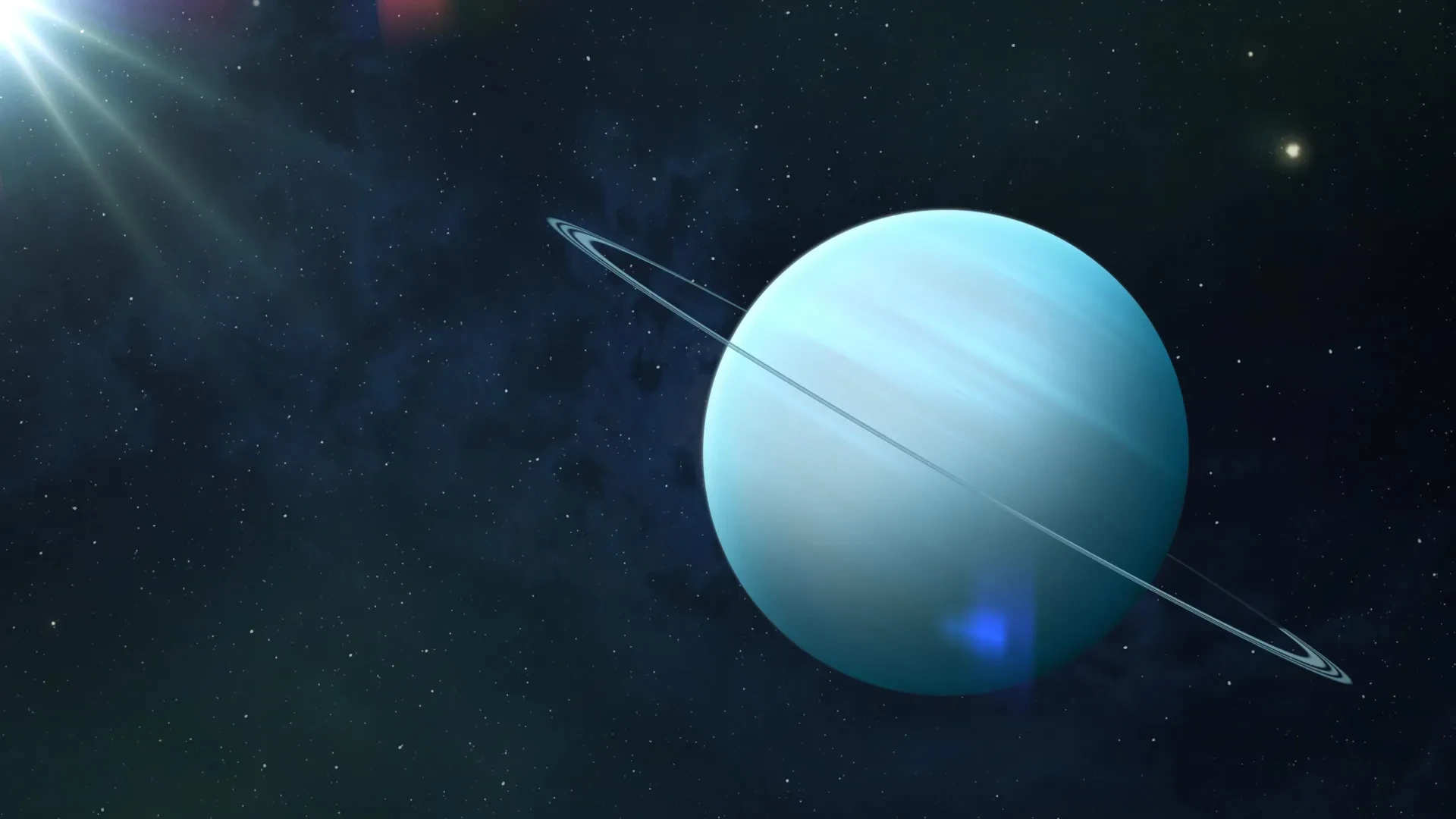Astronomers have imaged a nebula about 10,000 light-years away that resembles a 'cosmic bat,' with vivid red clouds and dark filaments in the southern Milky Way, revealing ongoing star formation in regions RCW 94 and RCW 95.

November 1, 2025

Source:
ScienceDaily
Discovery in the Southern Sky
Astronomers using the European Southern Observatory’s VLT Survey Telescope (VST) have captured a vivid image of a nebula bearing a remarkable resemblance to a bat. This cosmic formation, located roughly 10,000 light-years from Earth between the constellations Circinus and Norma, stands out due to its dramatic silhouette and intense red coloration. The nebula’s sprawling structure appears four times the size of a full moon in the night sky, giving astronomers a large canvas to study.
Imaging Techniques
The observation was made possible with the VST’s OmegaCam, a high-resolution 268-megapixel camera (see ESO; ScienceDaily). This equipment detects faint emissions from clouds of gas and dust, capturing the nebula's intricate details and its luminescent red glow.
Keep up with the story. Subscribe to the PR+ free daily newsletter

Source:
Structure and Astrophysical Significance
The nebula’s outline is formed by dark filaments that act as its skeletal structure, blocking light from background stars and creating striking shadow-like patterns (Space.com). The central and right-side regions are catalogued as RCW 95 and RCW 94, respectively, while the other wings remain officially unnamed. These filaments are colder and denser regions rich in star-forming material.
Stellar Nursery
The nebula is a stellar nursery, where active star formation is ongoing.
Ultraviolet radiation from young stars excites hydrogen atoms, producing the familiar red glow.
Such nebulae play a major role in forming the next generation of stars in the Milky Way.
Read More

Source:
Share this news:




















